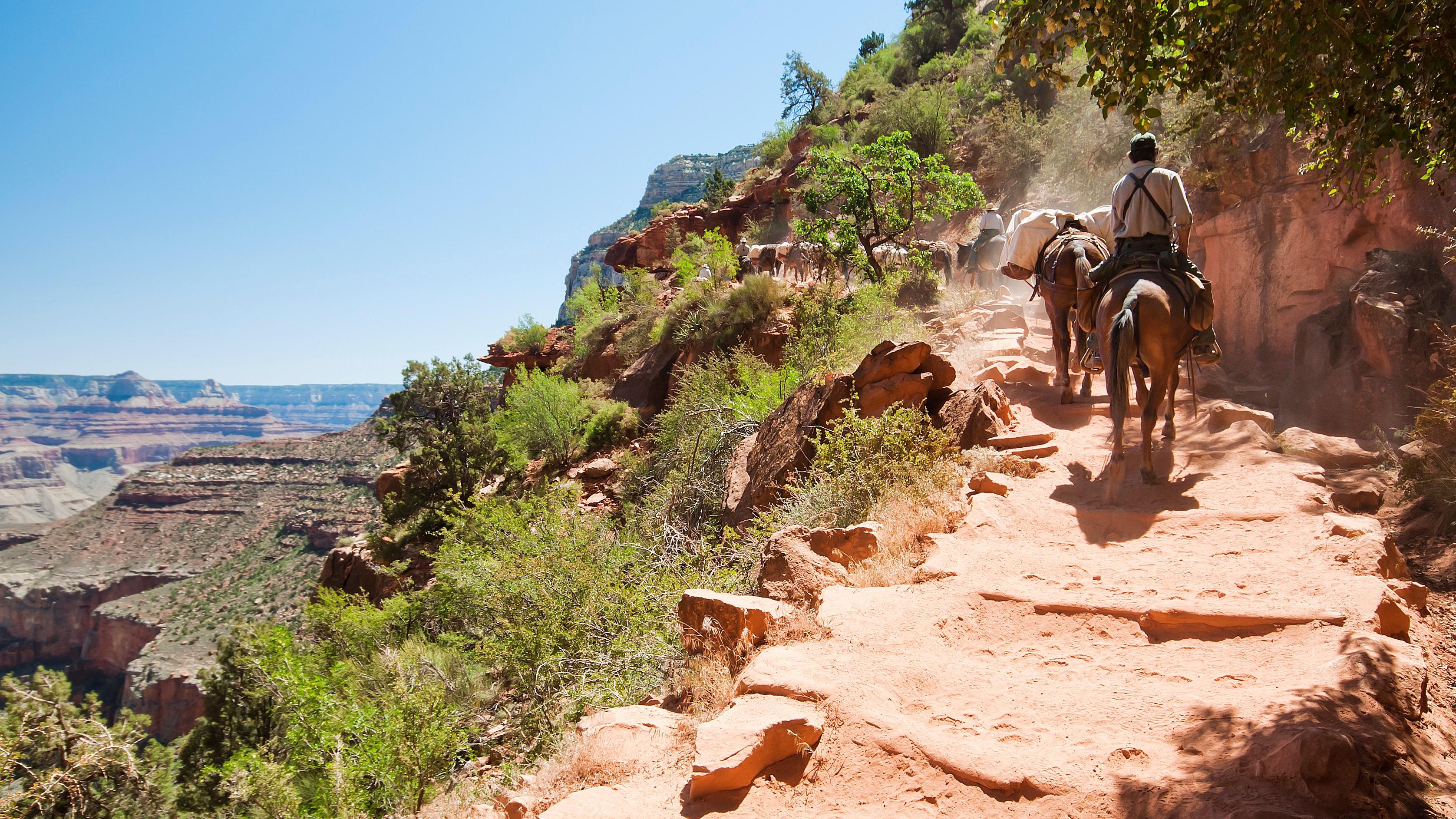The deadliest US National Park is going to get deadlier – here's why
A new study focuses on the effect of climate change on Grand Canyon visitors

Known as the deadliest National Park, the Grand Canyon has more search and rescue missions than other US National Park. Multiple hikers have perished this summer trying to trek from rim to rim in a single day, a 63-year-old injured hiker was rescued after his friends left him behind and a 13-year-old boy had to be rescued after falling into the canyon trying to get out of the way of another tourist's photo.
So far, it's been a pretty typical summer in a park that conducts hundreds of search and rescue operations every year. Though it's stories of people falling into the canyon that tend to make the headlines, the chief culprit when it comes to hazards here is the ferocious heat – and scientists believe it's only going to get worse.
A new study, published in August in the scientific journal PLOS One, examined previously published data on heat related illnesses (HRIs) such as heatstroke in GCNP visitors and came up with a prediction for how these incidents are likely to rise due to climate change over the next 77 years.

Researchers examined records of daily visitation, temperatures and maximum and minimum daily humidity from 2004 - 2009 to understand the relationship between weather and HRIs in park visitors. Then, using used future climate projections from the World Climate Research Programme, they predicted that HRIs will increase between 29 and 137 percent by 2100, assuming there is no change in visitation.
Further, they noted that HRIs are actually more common in the shoulder season months of spring and fall rather than in summer. Temperatures at the bottom of the canyon regularly reach 120 degrees in the summer months, prompting many to sidestep the area, but come the fall, some may be fooled into thinking they can carry on as normal. However, current temperatures are set to be in the 80s for October, which can still be dangerous without special precautions.
Researchers recommend education around hiking and recreating in hot conditions, which requires extra hydration, carrying water to douse yourself, hiking early and choosing shaded trails. You can learn more in our article on exercising outdoors safely during hot weather.
All the latest inspiration, tips and guides to help you plan your next Advnture!
Julia Clarke is a staff writer for Advnture.com and the author of the book Restorative Yoga for Beginners. She loves to explore mountains on foot, bike, skis and belay and then recover on the the yoga mat. Julia graduated with a degree in journalism in 2004 and spent eight years working as a radio presenter in Kansas City, Vermont, Boston and New York City before discovering the joys of the Rocky Mountains. She then detoured west to Colorado and enjoyed 11 years teaching yoga in Vail before returning to her hometown of Glasgow, Scotland in 2020 to focus on family and writing.

